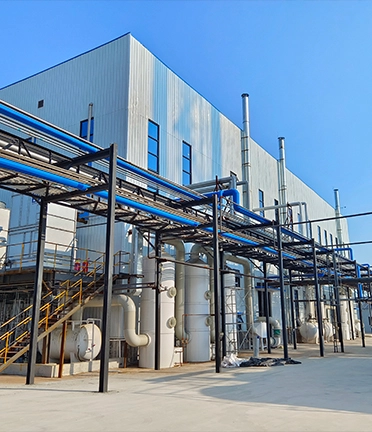amphoteric polyacrylamide
Understanding Amphoteric Polyacrylamide Properties, Applications, and Benefits
Amphoteric polyacrylamide (APAM) is a sophisticated polymer that exhibits unique properties, making it an essential material in various industrial applications. This synthetic polymer is a derivative of polyacrylamide, known for its exceptional ability to act as both an anionic and cationic agent. This dual characteristic allows APAM to interact with diverse substances, enhancing its functionality in numerous fields such as water treatment, agriculture, and oil recovery.
Composition and Properties
Amphoteric polyacrylamide is primarily composed of acrylamide monomers that have been modified to include both positive and negative charged groups. This amphoteric nature is what differentiates APAM from regular polyacrylamide, which is typically either anionic or cationic. The balanced charge of APAM allows it to flocculate oppositely charged particles, thus promoting sedimentation and separation processes.
The molecular weight of APAM can vary significantly, impacting its viscosity and effectiveness in different applications. Generally, higher molecular weight polymers exhibit increased efficiency in water treatment processes due to their ability to bridge particles and form aggregates. Moreover, the pH stability of APAM makes it suitable for use in various environments, maintaining its performance across a wide range of conditions.
Applications
1. Water Treatment One of the primary applications of amphoteric polyacrylamide is in water treatment processes. APAM is used as a flocculant to clarify water in municipal and industrial settings. Its ability to neutralize charges allows it to bond with suspended particles, facilitating their removal from water systems. This is particularly beneficial for treating wastewater containing heavy metals, organic pollutants, and other contaminants.
2. Agriculture In agricultural settings, APAM serves as a soil conditioner and a water retention agent. By enhancing soil structure, it helps to improve moisture retention and aeration, promoting healthier crop growth. Additionally, the use of APAM can reduce soil erosion and enhance nutrient delivery to plants, thereby increasing agricultural productivity.
amphoteric polyacrylamide

3. Oil and Gas Recovery APAM plays a significant role in enhanced oil recovery (EOR) techniques. In this context, it is used to increase the viscosity of water, improving the displacement of oil from reservoirs. The amphoteric nature of APAM allows it to interact favorably with both the oil and water phases, effectively enhancing oil recovery rates.
4. Cosmetics and Personal Care Due to its film-forming and thickening properties, amphoteric polyacrylamide is also utilized in the cosmetics industry. It is commonly found in hair styling products, lotions, and creams, where it enhances texture and performance. Its biocompatibility and gentleness make it suitable for use in formulations intended for sensitive skin.
Benefits of Using Amphoteric Polyacrylamide
The versatility of amphoteric polyacrylamide comes with several notable benefits. First, its amphoteric characteristic allows for broad application across various industries, making it a cost-effective solution for multiple challenges. Second, the ability of APAM to improve particle flocculation and settlement leads to more efficient separation processes, saving time and resources in industrial settings.
Moreover, APAM contributes to environmental sustainability. In water treatment, its effectiveness in removing pollutants supports efforts to maintain clean water sources. In agriculture, the reduction of soil erosion and improved water retention contribute positively to land conservation and sustainable farming practices.
Lastly, the safety profile of amphoteric polyacrylamide is another significant advantage. When used in accordance with regulatory standards, APAM poses minimal risks to human health and the environment, making it a preferred choice among manufacturers and consumers alike.
Conclusion
Amphoteric polyacrylamide stands out as a versatile polymer with broad applications in water treatment, agriculture, oil recovery, and personal care products. Its unique amphoteric nature allows it to function effectively in various environments and conditions, making it an invaluable asset in tackling numerous industrial challenges. As industries continue to prioritize sustainability and efficiency, the role of amphoteric polyacrylamide is likely to expand, reinforcing its position as a key player in modern technology and environmental stewardship.
-
Pbtc Scale InhibitorPBTC: A Scale Protector for Industrial Water TreatmentNewsAug.05,2025
-
Organic Phosphonate: An Efficient Defender in the Field of Scale InhibitionNewsAug.05,2025
-
Hydrolyzed Polymaleic Anhydride: Green Pioneer in Scale Inhibition FieldNewsAug.05,2025
-
PAPEMP Polyamino Polyether Methylene Phosphonic Acid For SaleNewsAug.05,2025
-
Flocculant Water Treatment: A Pioneer in Purification in the Field of Water TreatmentNewsAug.05,2025
-
Benzyl Isothiazolinone: An Efficient and Broad-Spectrum Antibacterial Protective GuardNewsAug.05,2025





